Asparagus haricot is one of the types of the type genus of the legume family. Due to the absence of a parchment layer inside the leaves, all parts of the pod are edible. Such characteristics of the variety made it very popular among farmers of various agroclimatic zones. Moreover, the variety of varieties allows you to cultivate asparagus beans in large areas.
Content
- 1 Description and properties of the plant
- 2 Grade Classification
- 3 The best and most popular varieties of asparagus beans
- 3.1 Early Asparagus Beans
- 3.2 Medium ripening
- 3.3 Late grades
- 3.4 Varieties of asparagus beans suitable for freezing
- 3.5 The best varieties of asparagus (siliculose) beans without fibers
- 3.6 Harvest varieties
- 3.7 Varieties of Asparagus Bush Beans
- 3.8 For the middle band
- 3.9 For Moscow region
- 3.10 The best varieties of the genus Vigna
- 4 Features of growing and harvesting beans
- 5 Features of the preparation of asparagus beans
- 6 Reviews
Description and properties of the plant
After the appearance of vegetables in Europe, breeding institutes worked on obtaining species that did not form a parchment layer inside the shoulder blades. Today, elongated dietary fruits of a cylindrical shape are collected from asparagus bushes, which for a long time preserve the juiciness of the leaves.
Features
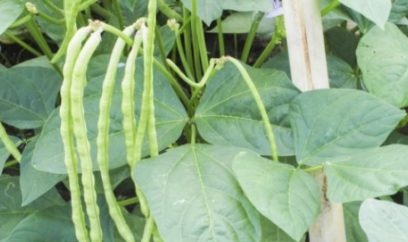 The name is due to the taste, reminiscent of young shoots of asparagus. The main feature that distinguishes asparagus beans from ordinary beans is the absence of film and hard fibers at the shoulder blades. Also, the shape of the pod distinguishes the view: they are elongated and narrow.
The name is due to the taste, reminiscent of young shoots of asparagus. The main feature that distinguishes asparagus beans from ordinary beans is the absence of film and hard fibers at the shoulder blades. Also, the shape of the pod distinguishes the view: they are elongated and narrow.
Culture has three types of structure:
- Bush - 30-50 cm.
- The half-curving is about 2 m.
- Curly - 2-5 m.
And the pods and shoots can be painted in a variety of colors - from green beans to purple. The leaflets of some Asian varieties reach a length of 120 cm. Among the variety of hybrids there are shade-tolerant ones that grow well near trees and structures.
The benefits and harms of asparagus beans
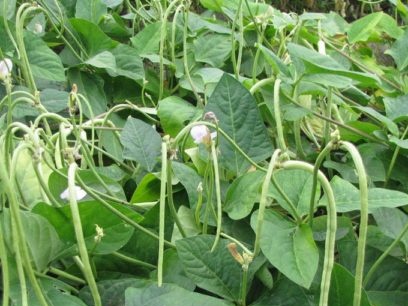 Asparagus beans have many beneficial properties and high nutritional value. The chemical composition of beans is rich in carbohydrates, protein, fiber and vitamin complexes, which makes them indispensable when included in the diet without harm to the figure.
Asparagus beans have many beneficial properties and high nutritional value. The chemical composition of beans is rich in carbohydrates, protein, fiber and vitamin complexes, which makes them indispensable when included in the diet without harm to the figure.
Important properties of asparagus beans - why is it so useful:
- contributes to the active fight against gastrointestinal infections and stabilizes its work;
- enriches cells with oxygen;
- normalizes hormonal levels;
- lowers blood sugar.
Bean, which is called Kenyan because of the large share of exports of this species from Kenya, can harm only in the case of immense consumption of beans. For diseases of the gastrointestinal tract, you should consult a nutritionist regarding the menu with the inclusion of a vegetable. The only contraindication is individual intolerance to the components of the composition.
Grade Classification
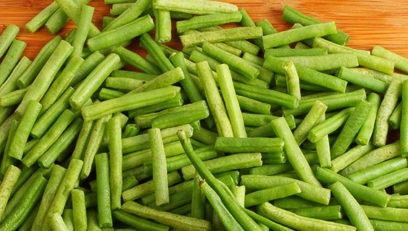 The opinion that the varieties of asparagus beans differ only in the color of the beans (yellow, green) is wrong. The variety of vegetable hybrids for convenience is classified by the following parameters:
The opinion that the varieties of asparagus beans differ only in the color of the beans (yellow, green) is wrong. The variety of vegetable hybrids for convenience is classified by the following parameters:
- the length of the pods and the number of beans in them;
- seed form - with an ellipsoidal or round cross section;
- type of development - bushy or climbing;
- ripening period - early, middle and late ripening;
- productivity;
- Application - universal, for preservation, only for fresh food.
The most common classification is by maturity. Thanks to this particular parameter, varieties are easier to select for different regions.Everyone is suitable for the south, but early ripe for the north. Later ones can be grown, but only through seedlings or indoors.
The best and most popular varieties of asparagus beans
Getting a good harvest is the result of long work, which begins with the choice of variety. If you plant curly asparagus beans, then the harvesting time will come later, in comparison with bush. For agricultural production, it is worth sowing the seed of high-yielding hybrids. You can get acquainted with the characteristics of each by examining the packaging, where there is a photo and description.
Early Asparagus Beans
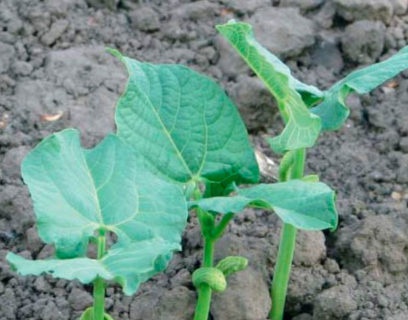 Plants are considered to be ripe, from which it is possible to harvest already 40-60 days after sprouting of the sprouts. The most common:
Plants are considered to be ripe, from which it is possible to harvest already 40-60 days after sprouting of the sprouts. The most common:
- "Blue Lake" - bean creepers reach 3 m in height. Bluish pods up to 16 cm long are formed on the shoots. Blade harvesting can begin 50 days after emergence. Productivity from a plant - 700 g.
- “Laura” is a vegetable with tender, sugar beans. The ripening is friendly. Cylindrical pods of yellow color do not grow more than 12 cm.
- Allure is an early representative of bush asparagus beans. Due to its compactness, it is often placed in the aisles. Productivity is high - up to 3 kg / m2. The beans are white. The pods are green.
Medium ripening
Plants with a growing season of 60-75 days (before harvesting) are referred to mid-season varieties of green beans. Among them are the following:
- Variety "Sissy" - curly asparagus beans with yellow beans, the taste of which corresponds to the name. Plant height - 3.5 m. From 1 m2 of landings, you can collect about 1.5 kg.
- "Yellow neck" - bean bushes up to 40 cm high. Pods of medium size - up to 12 cm. Vegetables are valued for their high nutritional value and excellent taste.
- “Golden necklace” - the plant gives nutritious beans that develop on shoots growing up to 2 m in height. During cultivation, support is necessary.
Late grades
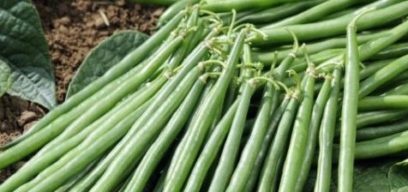 Since the vegetation period of late-ripe representatives of green beans fluctuates around 80-100 days, they are cultivated mainly in the southern regions.
Since the vegetation period of late-ripe representatives of green beans fluctuates around 80-100 days, they are cultivated mainly in the southern regions.
- “Beronia” is a green bean whose leaves hide white seeds. Planting tall bushes with 1 m2 give about 2 kg.
- “Xera” - the result of the work of Dutch breeders is great for large-scale cultivation due to the undersized bushes: they are great for mechanical harvesting.
- "Hope" - the late hybrid received the highest score from tasters for taste. Productivity - 2.2 kg / m2. Suitable for indoor and outdoor use.
Varieties of asparagus beans suitable for freezing
Bean crops are often stored frozen without subjecting them to heat treatment. The following varieties are most suitable for sending to the freezer for a long time:
- “The Snow Queen” is one of the most suitable hybrids for freezing, whose name corresponds to the purpose of cultivation. 14 cm long fruits retain their nutritional properties in the freezer throughout the year.
- "Amber" - white beans, quite large sizes, well suited for freezing. After removing from the freezer, the taste is not lost.
- "Mauritanian" - this is the name the vegetable received for the black color of beans. Mid-season grade. Pods can be collected until the frost, but the shoulder blades will not retain that juiciness.
The best varieties of asparagus (siliculose) beans without fibers
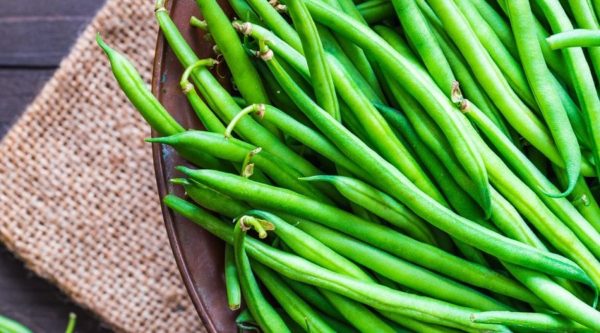 Sashes without parchment layer are used for the preparation of many side dishes and appetizers. Recipes of the latter provide for the presence in the composition of the blades even fresh.
Sashes without parchment layer are used for the preparation of many side dishes and appetizers. Recipes of the latter provide for the presence in the composition of the blades even fresh.
Popular varieties:
- “The Oil King” is an early bean with yellow pods. Originators in the characteristics indicate resistance to drought and harmful organisms.
- “Golden Saxon” is a delicate bean whose compact bushes are hung with yellow pods. Harvested early and used in cooking. Saxa asparagus without fiber, it is grown to create delicious snacks with fresh vegetables.
- "Second" is a hybrid, zoned in different regions, including areas with harsh climates. Tolerant to many diseases, high yielding. Green pods with full ripeness acquire a yellow tint.
Harvest varieties
Subject to agrotechnical requirements, an average yield of about 2 kg / m2 can be obtained. However, many varieties with a yield of 2 times more are bred:
- “Gerda” - thanks to white beans, the weight of which reaches 1 g, the total yield from 1 m2 of plantings reaches 4 kg. The hybrid is early ripe, curly.
- "Turkish woman" is a universal, high-yielding variety. If you build a support in a timely manner, the yield can reach 4.5 kg / m2.
- “Flat” - purple pods up to 16 cm long stand out contrastingly on the green shoots. Despite the fact that this is a bush plant, it is possible to collect up to 4 kg from 1 m2.
Varieties of Asparagus Bush Beans
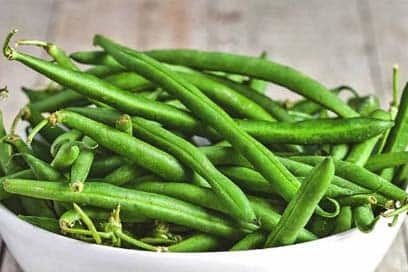 Beans are a vegetable crop that concentrates nitrogen on the roots. Due to this ability, it is often planted in the aisles of other plants. Common bush hybrids:
Beans are a vegetable crop that concentrates nitrogen on the roots. Due to this ability, it is often planted in the aisles of other plants. Common bush hybrids:
- Sapphire is an asparagus purple bean of early maturity. High yield and disease tolerance are characteristic.
- “Treasure” - green beans in pods 10 cm long. Bushes not tall grow well even on fairly poor soils.
- Zlata is a universal variety that is suitable for both preparing fresh fruit dishes and for preservation. The color of the pods is yellow, and the beans are white.
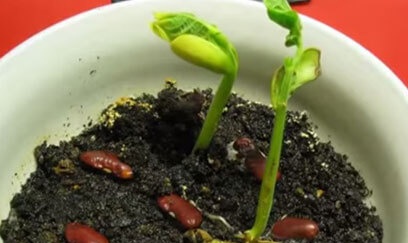 You may be interested in:
You may be interested in:For the middle band
The cultivation area is not without reason attributed to risky farming zones, since summers can be hot here, and the first frosts are early to come.
In such agroclimatic conditions, it is better to select such hybrids:
- "Viola" - a variety of medium-term ripening with average yield. The form is bushy, compact.
- "Melody" - early ripe beans with a characteristic taste for the species. Productivity is average.
- “Golden Princess” - the plant during fruiting is covered with yellow pods, inside which are black seeds. The average yield is about 2 kg / m2.
For Moscow region
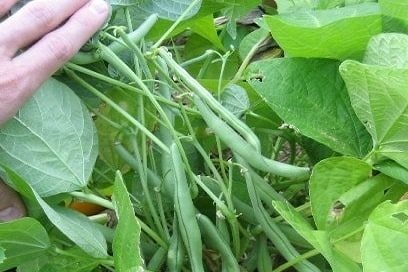 The Moscow region is isolated separately due to gas contamination, a large amount of asphalt, which affect the temperature regime. Quite a few varieties of beans are suitable for the Moscow region, but consider the best:
The Moscow region is isolated separately due to gas contamination, a large amount of asphalt, which affect the temperature regime. Quite a few varieties of beans are suitable for the Moscow region, but consider the best:
- "Black Opal" - a plant in the form of a bush with purple flowers and green fruits. Crop yields early within 2 kg per 1 m2.
- "Crane" - beans are resistant to bacteriosis and exhibits consistently good yield. Appreciate the vegetable culture for its mild taste.
- “Snegurochka” - a fruitful variety of bush beans, perfect for freezing, as the name suggests. Black beans are hidden by the flaps of yellow color.
The best varieties of the genus Vigna
A separate genus of the legume family is often mistaken for a variety of asparagus beans. They have a similar taste, but they are different vegetable crops. Vigna is also known as Chinese long beans.
Popular varieties:
- Liliana is a high-yielding, mid-season hybrid of Russian selection. From one plant you can collect up to 3 kg of pods 50 cm long.
- "Mash" - bush plants begin to bear fruit 50 days after emergence.Olive green stewed beans can be consumed both raw and stewed.
- “Kalancha” is an early ripe representative of the Vigna clan, the pods of which can reach a length of 86 cm. The valves hide small black seeds.
Features of growing and harvesting beans
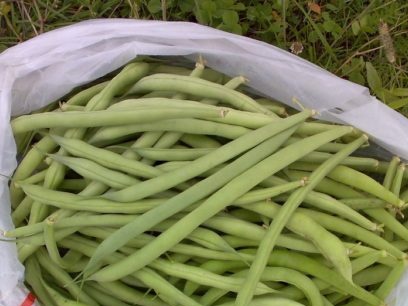 When the issue of seed has been resolved, you can begin to field work. String beans are unpretentious, and its cultivation does not take much time.
When the issue of seed has been resolved, you can begin to field work. String beans are unpretentious, and its cultivation does not take much time.
Landing rules
Sown seeds in many regions immediately in the open ground, having previously prepared the site. It must be lit and protected from the wind. If groundwater lies close, then you need to find a hill. They dig up the earth in the autumn and enrich it with nutrients. Optimal dates are late May-early June. If there is a chance of cooling, it is better to arrange shelter. In areas with short summers, seedlings are planted, which allows you to get a crop earlier than when sowing seeds.
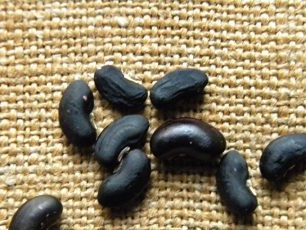 You may be interested in:
You may be interested in:Care Features
Beans do not like excess moisture. Two irrigations per week are enough at the rate of 2 liters of water under the bush. If the soil has not been enriched in advance, then during the growing season it is worth feeding 2-3 times. Especially acute in feeding plants need a phase of budding and the formation of the ovary. Superphosphate, potassium sulfate are used. In addition, curly varieties should be tied to a strong support.
Harvesting
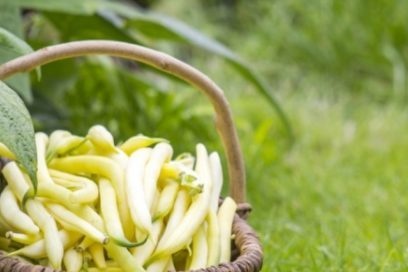 To serve appetizing dishes of asparagus beans to the table, you should collect the crop from the beds in time. The optimal phase is milk ripeness of the fruit. The duration of harvesting depends on the particular variety and can be from two weeks to a month.
To serve appetizing dishes of asparagus beans to the table, you should collect the crop from the beds in time. The optimal phase is milk ripeness of the fruit. The duration of harvesting depends on the particular variety and can be from two weeks to a month.
Features of the preparation of asparagus beans
If it is decided to boil the fruits, then first you need to remove the side fibers. Begin cleaning from the middle of the pods. In boiled form, they are seasoned with garlic or sour cream sauce. With a diet, it is better to steam the pods, so a greater amount of nutrients will be preserved.
For the preparation of treats, a frozen product is used. In the freezer, the fruits do not lose useful natural qualities and mineral content. Pods are thrown into boiling water without preliminary defrosting, during which nutrition will be lost. When digesting beans, they secrete carcinogens, from an asparagus bean for the body, instead of benefit, there will be harm.
Reviews
Olga, Kaliningrad
“I’ve tried many varieties of green beans, I like Golden Saxon - it’s without fiber - and the Bluhilda from curly. Although until recently she valued only bush forms. But when she saw how bean culture beautifully decorates the fence, she began to sow lianoid hybrids. And in order to enjoy tasty fruits longer, I freeze the pods. ”
Svetlana, Kazan
“I decided to try to grow asparagus beans of the“ Oil King ”variety. The result pleased. Sowed dry seeds, did not waste time soaking. Germination - 100%. The harvest was good, and the taste of the fruit was excellent. ”
Grow Asparagus Beans not a lot of work. The main thing is to select a regionalized variety, taking into account the climatic characteristics of the cultivation region.

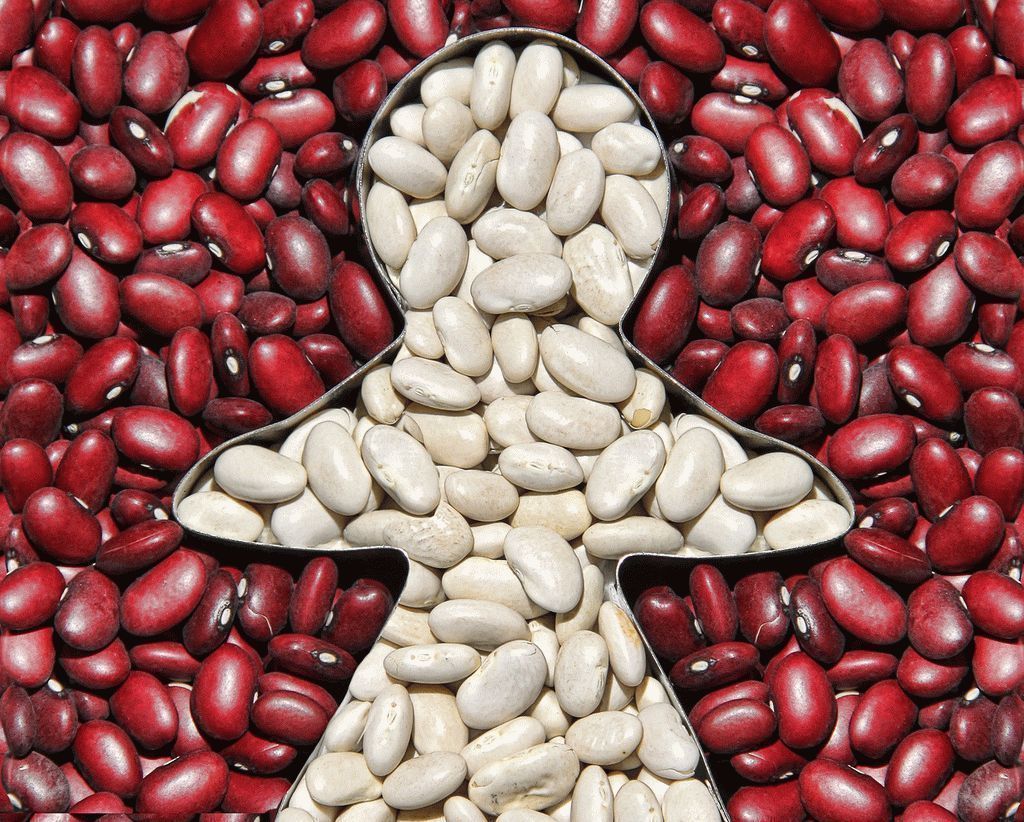
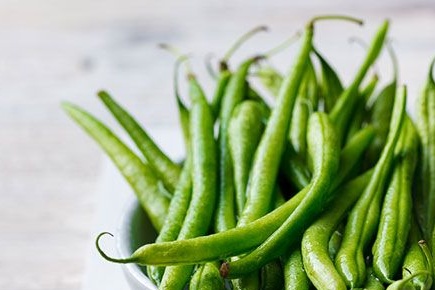
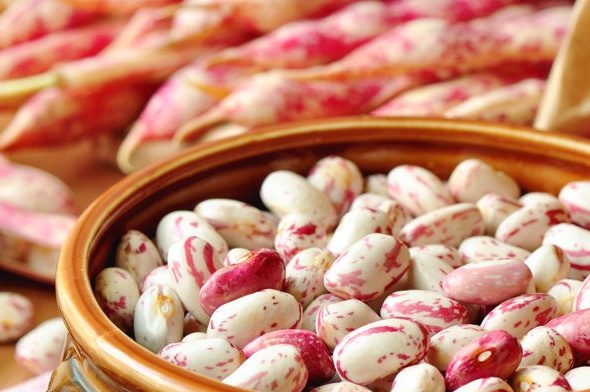
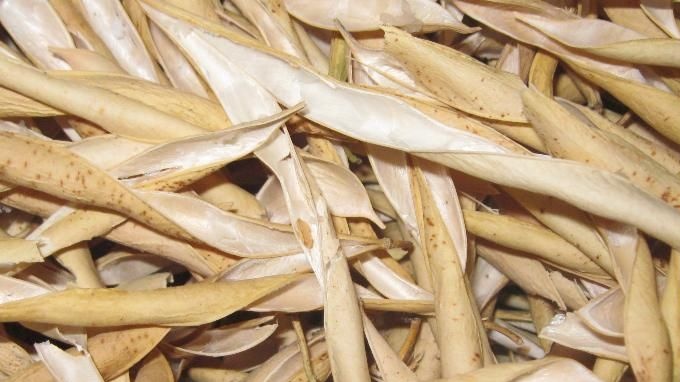 Bean flaps: useful properties, contraindications, benefits and harms
Bean flaps: useful properties, contraindications, benefits and harms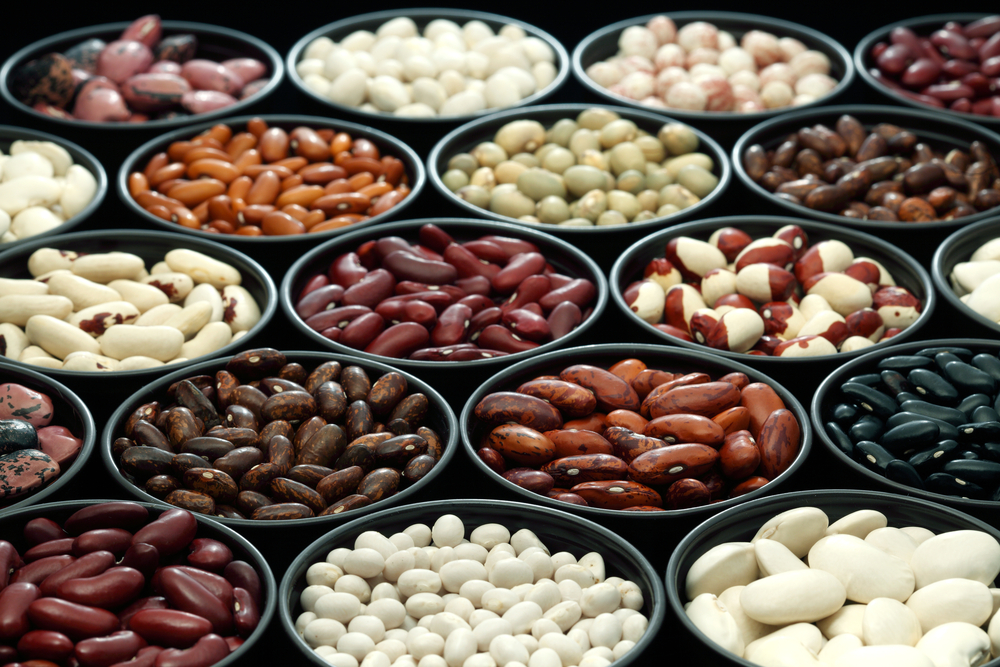 Beans for the body: composition, benefits, contraindications
Beans for the body: composition, benefits, contraindications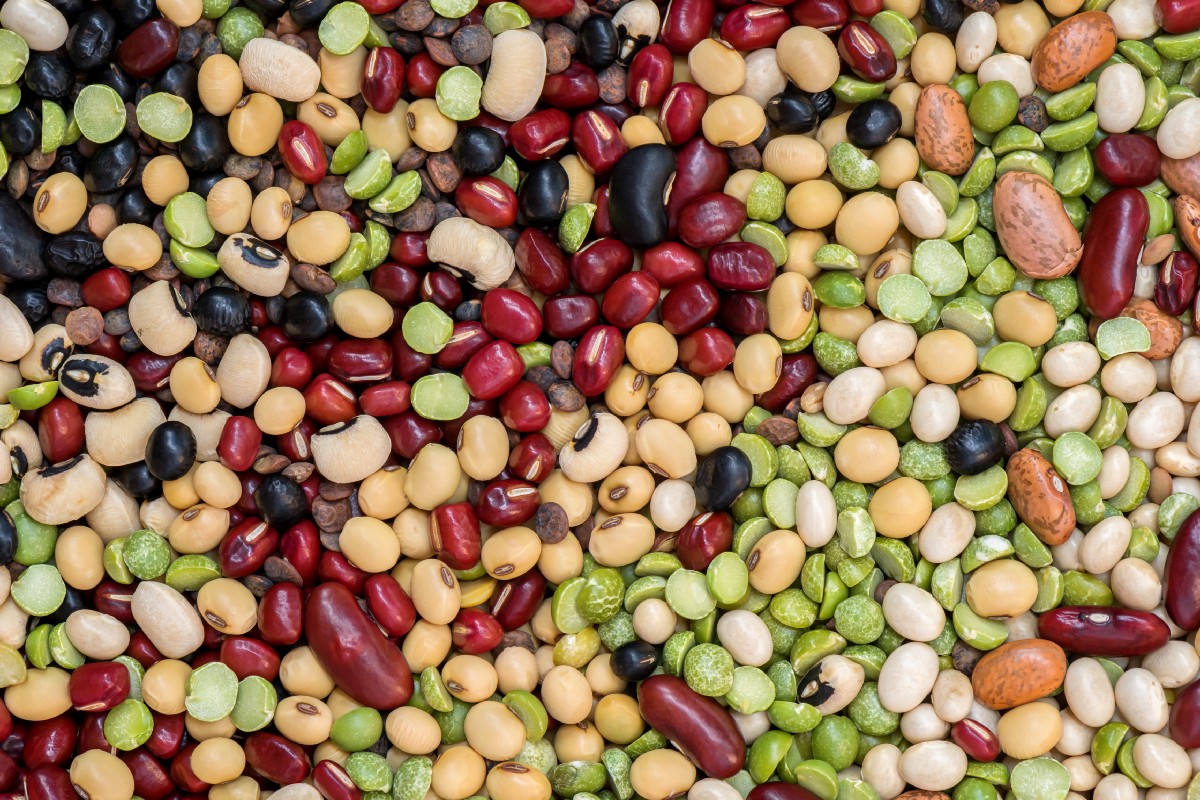 Types and varieties of beans: their name, description and photo
Types and varieties of beans: their name, description and photo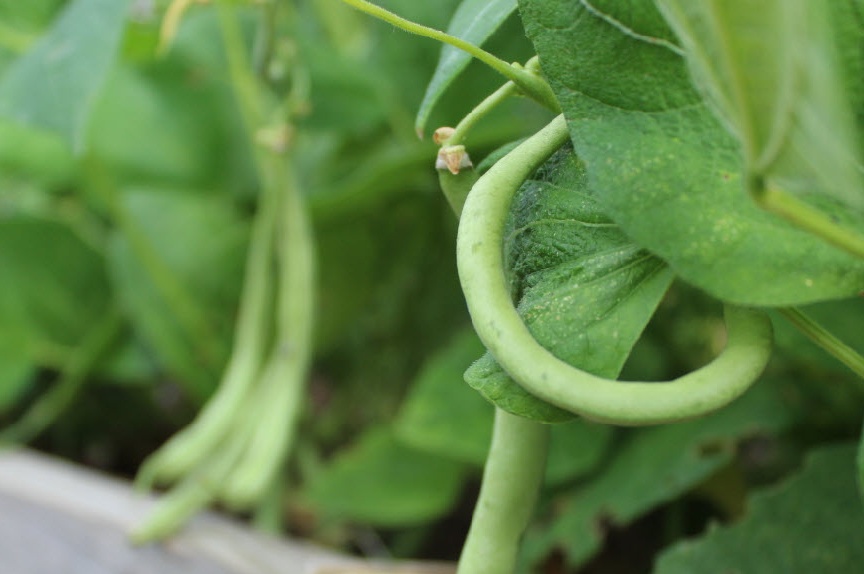 Description and photos of popular varieties of asparagus beans
Description and photos of popular varieties of asparagus beans